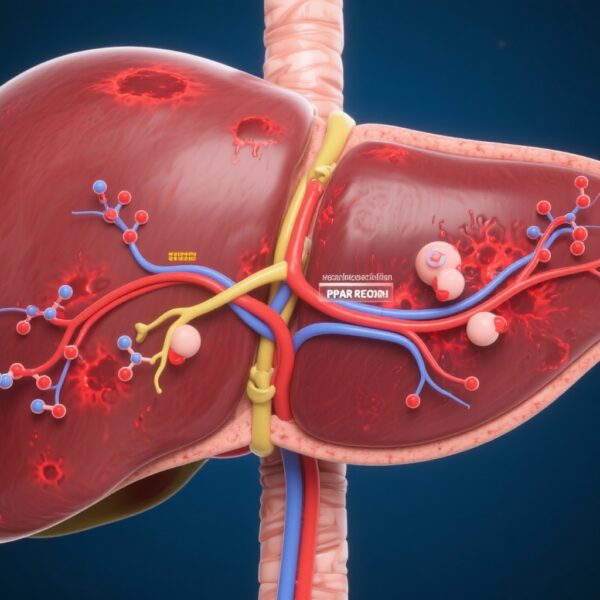Introduction
Every year, venomous snakebites affect thousands of people in the United States, resulting in pain, potential long-term injury, and occasionally death. Approximately 5 to 10 people die annually in the US from venomous snakebites, a figure that underscores the importance of public awareness and proper medical care. Although these incidents are relatively rare compared to other injuries, they represent a significant clinical challenge that requires timely and appropriate intervention to reduce morbidity and mortality. This article explores the types of venomous snakes found in the US, clinical manifestations of their bites, recommended first aid and treatment protocols, and prevention strategies for both the general public and health professionals.
Types of Venomous Snakes in the US
The US is home to four primary venomous snake species groups: rattlesnakes, copperheads, cottonmouths (water moccasins), and coral snakes. Rattlesnakes, copperheads, and cottonmouths belong to a subfamily called pit vipers, distinguished by heat-sensitive pit organs located between their eyes and nostrils that help them detect warm-blooded prey. These venomous snakes are broadly distributed across the continental US, except for the more isolated regions of Hawaiʻi and Alaska. Coral snakes, on the other hand, are primarily found in the southeastern states.
Here is a simple characterization of these snakes:
| Snake Type | Distinctive Features | Typical Habitat | Geographic Range |
|—————|——————————————-|—————————-|—————————-|
| Rattlesnakes | Rattle on the tail (may not always sound before bite), stout-bodied, varied patterns | Dry, rocky areas, grasslands | Widespread across the continental US, except extreme north and west |
| Copperheads | Red-brown coloration with dark, hourglass-shaped bands | Wooded, deciduous forests, rocky hills | Eastern and central US regions |
| Cottonmouths | Water moccasins; dark tan, brown or black, usually near water bodies | Swamps, rivers, and wetlands | Southeastern and southern US |
| Coral Snakes | Bright red, yellow, and black bands arranged distinctly | Forested and sandy areas | Southeast US primarily |
Incidence and Clinical Presentation of Venomous Snakebites
In the US, an estimated 7,500 venomous snakebites occur annually. Rattlesnake bites account for roughly half of these incidents. Most snakebites happen during spring, summer, and early fall when snakes are most active and outdoor human activities increase.
The venom delivered through a snakebite contains complex mixtures of proteins and enzymes designed to immobilize and pre-digest prey, but these same toxins cause significant harm to humans. The immediate symptom is usually sharp pain at the bite site, followed by progressively worsening swelling and possible tissue damage.
Pit viper bites, including rattlesnakes, copperheads, and cottonmouths, can lead to systemic symptoms such as nausea, vomiting, dizziness, confusion, and fainting. A particularly dangerous feature of the venom is its effect on blood clotting, which can cause excessive bleeding.
Coral snake venom primarily affects the nervous system. Symptoms may be delayed for several hours after the bite, including nausea, vomiting, numbness, slurred speech, muscle weakness or paralysis, and difficulty breathing. Without prompt intervention, these neurological effects can lead to respiratory failure and death.
Case Vignette: A Patient Encounter
John, a 35-year-old hiker in Arizona, was bitten on his ankle by a rattlesnake during a spring hike. Initially calm, John quickly developed intense pain, swelling, dizziness, and nausea within an hour. His hiking partner called 911 immediately and removed his socks and shoes to reduce constriction from swelling. Upon arrival at the emergency department, clinicians administered antivenom therapy, which stabilized John’s condition and prevented further tissue damage. He was discharged after several days with minimal complications. This case exemplifies the importance of rapid response and appropriate treatment.
Myths and Misconceptions About Snakebite Management
Public misconceptions about snakebite first aid can delay effective treatment and worsen outcomes. Common harmful practices include:
– Attempting to suck out venom from the wound
– Applying tourniquets or tight pressure bands
– Cutting or incising the bite area
– Applying ice, salves, or herbal remedies
– Trying to capture, kill, or handle the snake after being bitten
Medical experts strongly advise against these interventions. The correct approach focuses on immobilizing the limb, keeping it at heart level, and seeking emergency medical attention promptly.
First Aid and Initial Management
If bitten by a venomous snake, the priority is safety followed by rapid medical evaluation:
1. Move away from the snake to avoid additional bites.
2. Call 911 immediately for emergency help.
3. Remove rings, watches, and tight clothing near the bite site before swelling starts.
4. Clean the bite area gently with soap and water if available; do not flush with high pressure.
5. Keep the affected limb immobilized and at or slightly below heart level.
6. Avoid all harmful first-aid practices such as cutting, suction, ice application, or tourniquets.
7. Do not attempt to drive yourself to the hospital; wait for emergency responders.
The Role of Antivenom Therapy
Antivenom is the primary specific treatment for venomous snakebites. It consists of antibodies derived from the blood plasma of animals, commonly horses or sheep, immunized with snake venom. When administered intravenously, antivenom neutralizes circulating venom toxins and halts the progression of toxic effects.
Not all snakebites require antivenom. Mild cases without systemic symptoms may be managed conservatively, but patients exhibiting progressive swelling, pain, coagulopathy, or neurotoxic signs typically benefit from antivenom therapy.
Clinical toxicologists or Poison Control Centers (1-800-222-1222 in the US) are vital resources for guiding treatment decisions.
Prevention Strategies
Reducing snakebite incidence requires appropriate precautions when entering habitats known for venomous snakes:
– Wear protective clothing: long pants, thick socks, and high, sturdy boots.
– Stay on clear paths and avoid tall grass, dense shrubbery, rocks, and woodpiles.
– Be vigilant when climbing logs or rocks where snakes may hide.
– Use a flashlight at night to detect snakes.
– Educate outdoor workers and recreationists about snake identification and behavior.
Expert Recommendations and Future Directions
Health authorities and toxicology experts emphasize that education, early recognition, and rapid access to medical care are key to reducing the morbidity of venomous snakebites. Advances in antivenom formulation and distribution have improved outcomes, but gaps remain in rural and underserved settings.
Research continues in the fields of venom composition, improved antivenom specificity, and adjunctive therapies to better prevent tissue damage and support recovery.
Conclusion
Venomous snakebites represent a significant but manageable medical emergency in the US. Knowing the types of venomous snakes, typical symptoms, safe first aid, and when to seek medical help can drastically improve patient outcomes. Antivenom remains the most effective treatment, combined with supportive care.
Preventive measures and public education are essential to minimize risk, especially in endemic regions and among outdoor workers and recreational hikers. Ongoing research and improved access to care will continue to reduce the human toll of these striking yet dangerous reptiles.
References
1. Lieu K, Livshits Z, LeSaint KT. Venomous Snakes and Snakebites. JAMA. 2025 Oct 28;334(16):1494. doi:10.1001/jama.2025.13080 IF: 55.0 Q1 . PMID: 40875216 IF: 55.0 Q1 .
2. Centers for Disease Control and Prevention. Venomous Snakes and Prevention. Accessed July 28, 2025. https://www.cdc.gov/niosh/outdoor-workers/about/venomous-snakes.html



